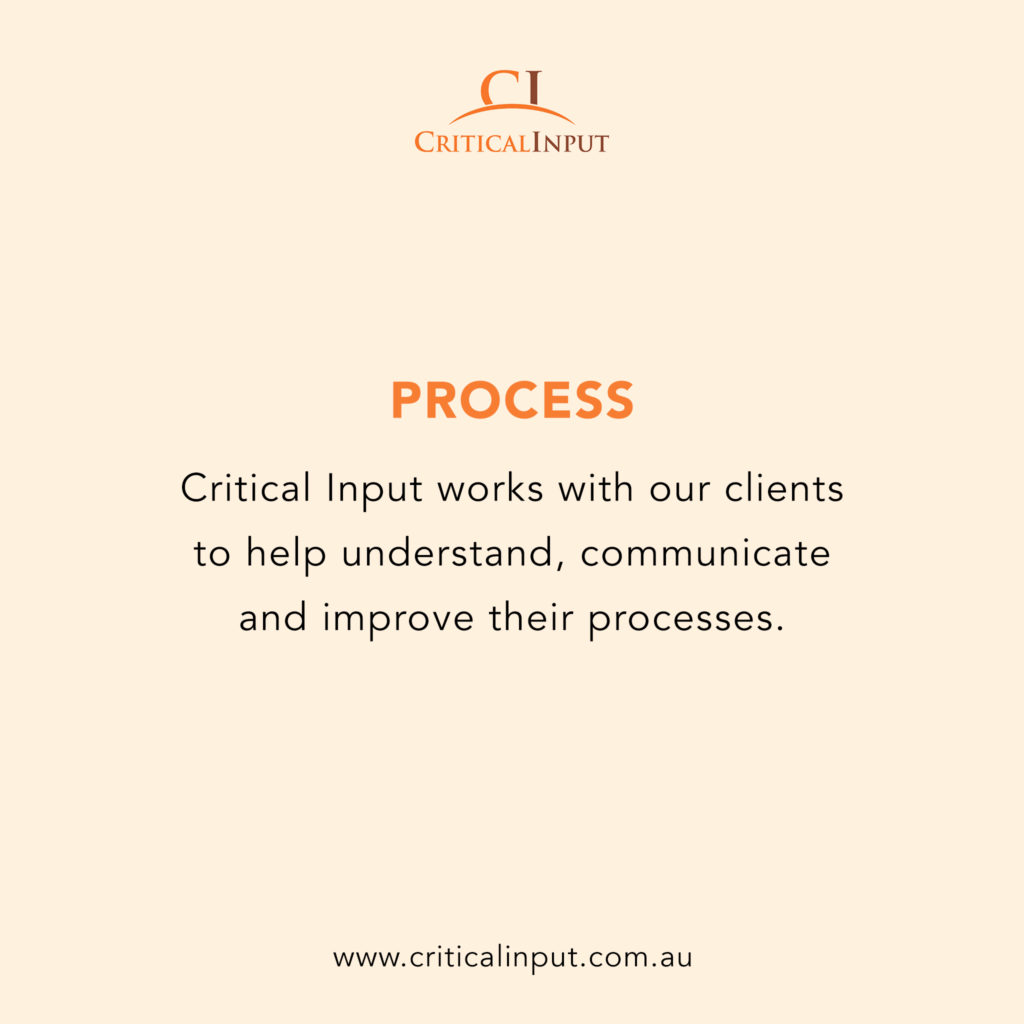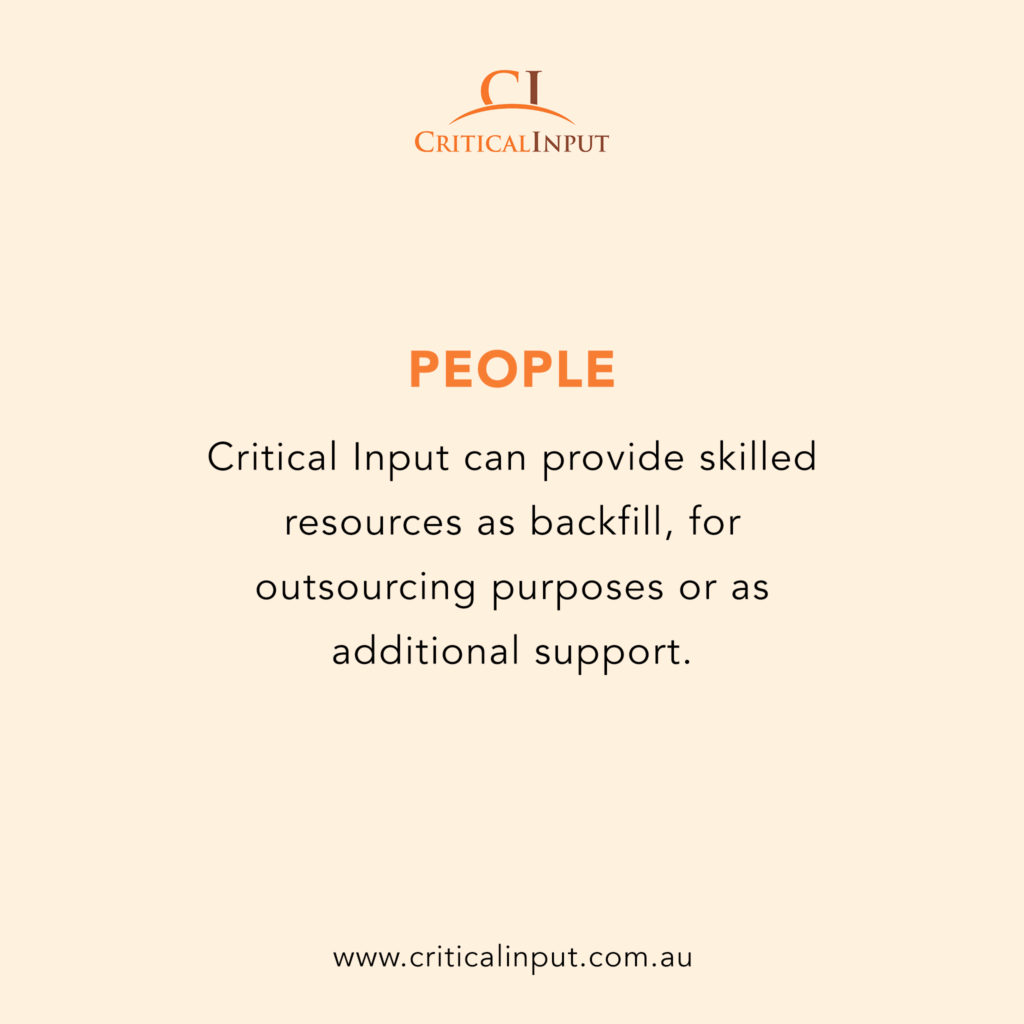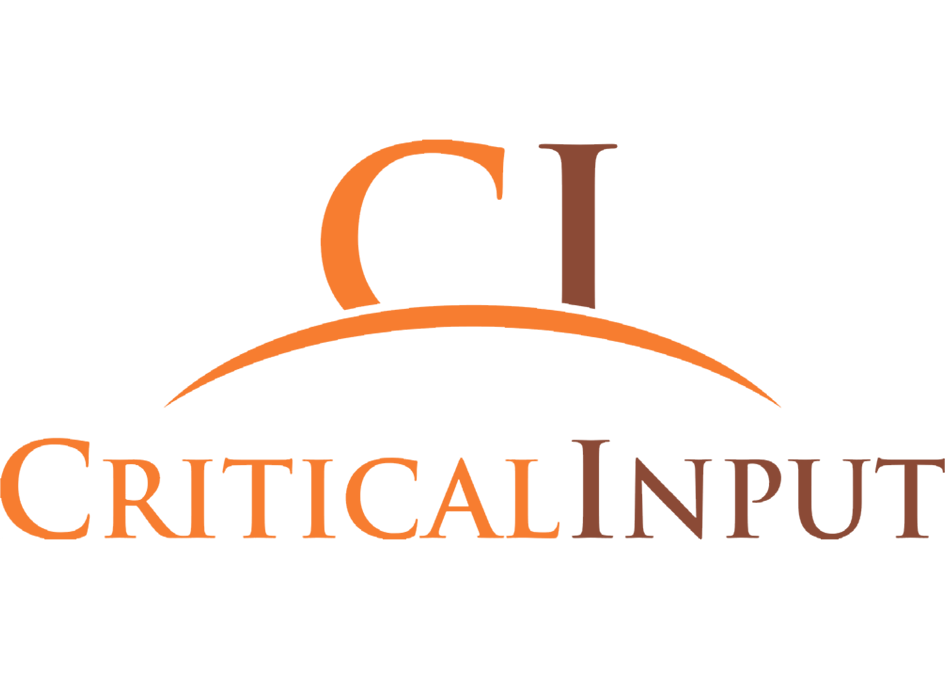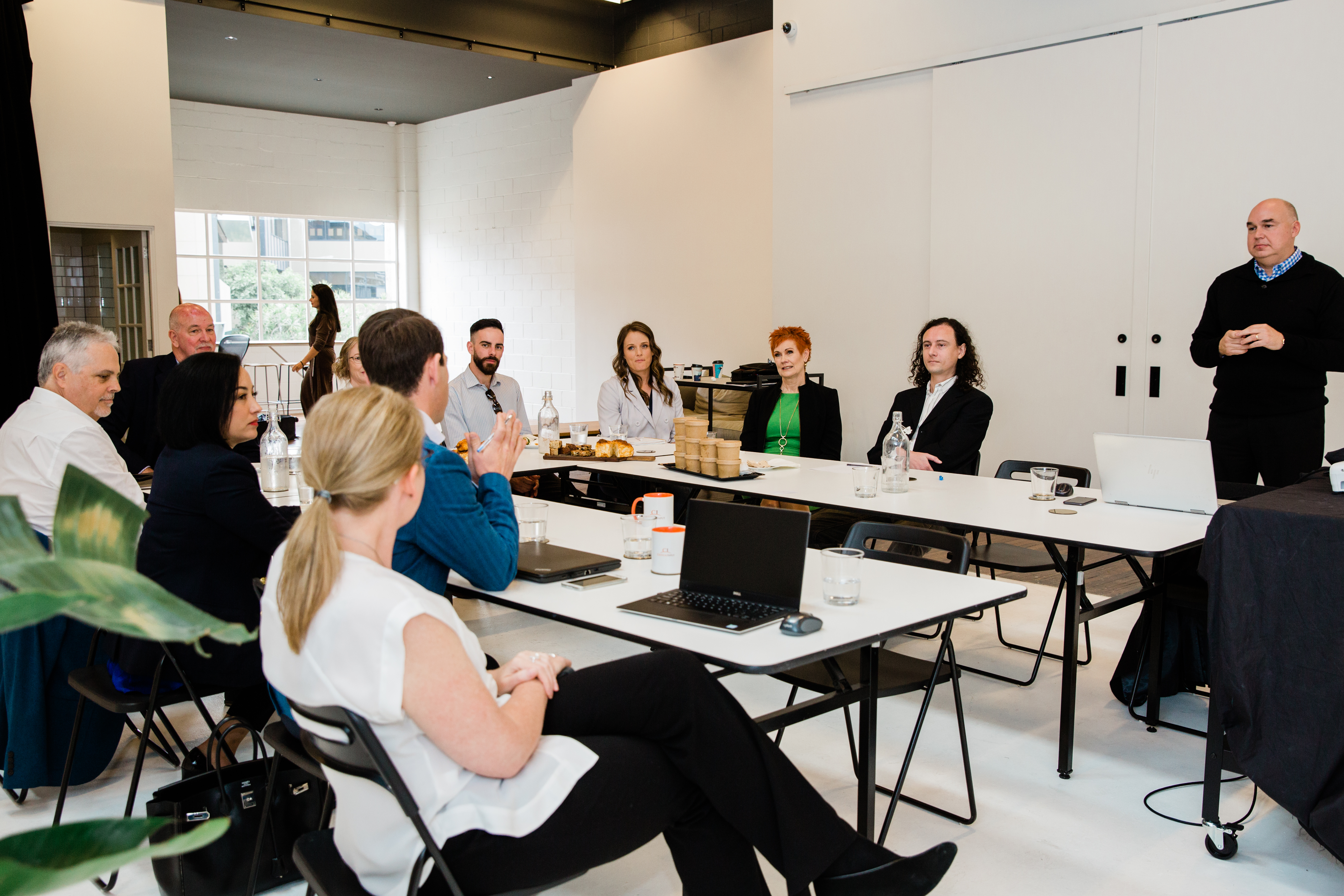Managing change while maintaining stability
Back in the day, senior executives focussed on stability. Stability afforded steady growth for shareholders. People stayed employed. Prices were predictable. Life was comfortable.
Across most industries and both big and small organisations, elevated competition has focussed management’s collective minds toward something that it once steered away from: change.
Expect the unexpected
Fast-forward to 2020, and life is anything but predictable. We’re only in March and already government plans for a surplus have been replaced with emergency funding injections to address fires, floods and the coronavirus. The knock-on effect of these events is already impacting businesses of all sizes and wreaking havoc on supplies of everything from toilet paper and face masks to specialised components and electrical goods.
Modern communications and social media mean these crises need to be met with transparent and instantaneous communication and decisive action. Easier said than done. There is nothing like a crisis to highlight weaknesses within organisational processes.
Change is the new normal
Catastrophic events aside, we are living in an era where the rate of change is so rapid that one year today is the equivalent of 200 pre-internet years.
Workplace stability has been replaced with structural pivots, an increasingly agile and mobile workforce and complicated global supply chains. It’s even more reason for organisations to have their houses in order. People and process need to be working in unison.
When engaging with an organisation, I particularly enjoy the change element. I like taking an organisation from one point to the next and witnessing the improvements. It’s my most satisfying piece of work.
In order to improve, change needs to be structured in a way that the business can actually benefit from the change. We’ve seen examples when organisations have major structural changes, one after the next within short succession. This can be disruptive and even mimic the atmosphere of a crisis.
In control and capable
One saying we use at Critical Input is, ‘in control and capable’, prior to managing the Step Change in the process.
Is your process in control? Are you capable of operating in that process? We can’t manage a Step Change in that process until you’re in control and capable within the current process. Once we’ve assisted you to become in control and capable, we can then work on a Step Change process to improve.

Starts at the top
Strategic change needs to be coupled with strong leadership, which is why we’re usually directly engaged by the management of an organisation. CEOs, business unit managers, general managers and managing directors are the instigators of workplace culture.
They set the tone. They’re also the ones who tend to take the lead on addressing internal issues around process and people.
The change pain threshold
As much as change is the new business-as-usual, individuals have different tolerances for change and the human element needs to be met with compassion and support.
Studies show the brain processes change in a similar way in which it processes death, which is why change grief is real.
Resilience is a key capability for staying effective within a workplace characterised by change and uncertainty.
Resilience relates to an ability to remain strong and flexible amidst ambiguity and change. In order for an organisation to cultivate resilience, it still needs to strive for stability, but from a change-positive rather than change-resistant mindset.

Avoid under-resourcing during transformation
Internal staff don’t always have capacity to take on projects – particularly those focussed on change – alongside their day jobs, nor often do they have an objective lens of the business.
Consultants can play a key role during such times by offering independent perspectives, fresh eyes and extra resources.
Critical Input only employs those who are experts in their field.
Our team members are able to quickly gain deep insights into organisations, draft stakeholder and process maps and roll up their sleeves to deliver what is needed during times of change, crisis or business-as-usual.




